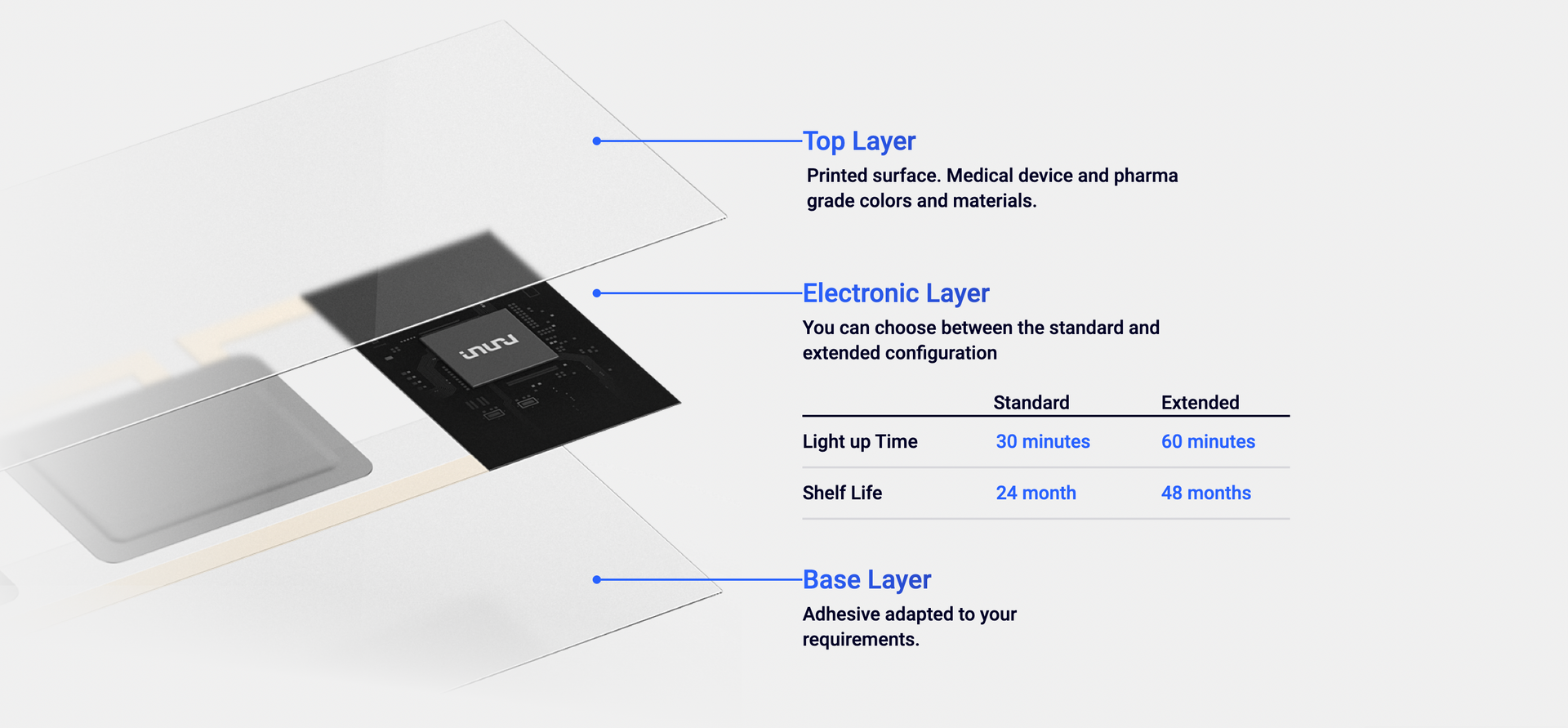Animal hospital analyzes pet packaging Chicago pet hospital co-founder weighs in on veterinary packaging, saying ease of use is most important.
Patients and caregivers alike appreciate medications with packaging that is easy to open and use. Ease of use is also considered the cat's meow for veterinary packaging.
Obvious as that sounds, it's not always the case. The packaging for a popular liquid flea-and-tick treatment for pets serves as a good example, according to Dr. Rae Ann Van Pelt, DVM and co-founder of 21-year-old Family Pet Animal Hospital in Chicago. “First, you have to open and remove an application tube out of a blister pack,” she explains. “Then there's a rigid, triangular plastic tube that is only hard on one side. You can't peel the softer portion of the tube off because you have to pour the medication onto the dog through a little spout once you've broken a little perforation on the applicator tip. The liquid tends to get all over your hands, and the treatment itself is a chemical that you don't want on your hands. You have to make sure you get the full dosage printed on the package. Most pet owners are wary about therapeutic-type chemicals, and they get upset when they get it on their hands.”

Family Pet typically receives pet treats in blister packs, and liquid meds and capsules in traditional brown vials. Most require no refrigeration.
Similar to the flea-and-tick treatment mentioned above, Van Pelt is often frustrated by packaging such as the glass vial used for one particular brand of morphine derivative. “It's a human product that requires you to break off the top of the glass vial. Then we have to draw out the whole drug product at one time. In veterinary use, we usually don't need all of it, so we're taking a syringe and withdrawing just the amount of cc's we need. The problem is that it's a controlled substance, and while the DEA does give you some fudge room because they know that you can't be perfect, it's a frustrating situation.
“If [the product manufacturer] put the liquid in a vaccine-like vial with a rubberized stopper on top we would have a much easier time dispensing it.” Van Pelt recalls that at one point, the product was filled into a vial that made usage much easier. “We were thrilled when it came in the other packaging, but then they went back to the glass vial.”
Further packaging thoughts
Van Pelt also offered the following packaging insights:
More packaging is beginning to come boxed and sized for dosing by weights where you sell things by the box. For example, Frontline typically comes in a pack with six treatments.
Anti-vomiting drug Ceremia is a tablet and is typically administered for five days in a row followed by two days of rest. These treatments follow an injection at the office. “Prepackaging of the drug means we don't have to have somebody in our pharmacy counting out pills, and we don't need to purchase a vial,” she says.
Another drug, Panacur, used as a deworming medication used to be sold as a powder within a large container. “We had little measuring spoons and had to measure it out and put it in little packets because the powder gets sprinkled on food daily for three to five days, depending on the dosing,” Van Pelt explains. “It was very labor-intensive. Now it comes in premeasured packets for weight. That has made life a lot easier. It also makes pricing a lot easier because with the original Panacur, it was difficult to judge how many dosages we would get out of the big container.”










